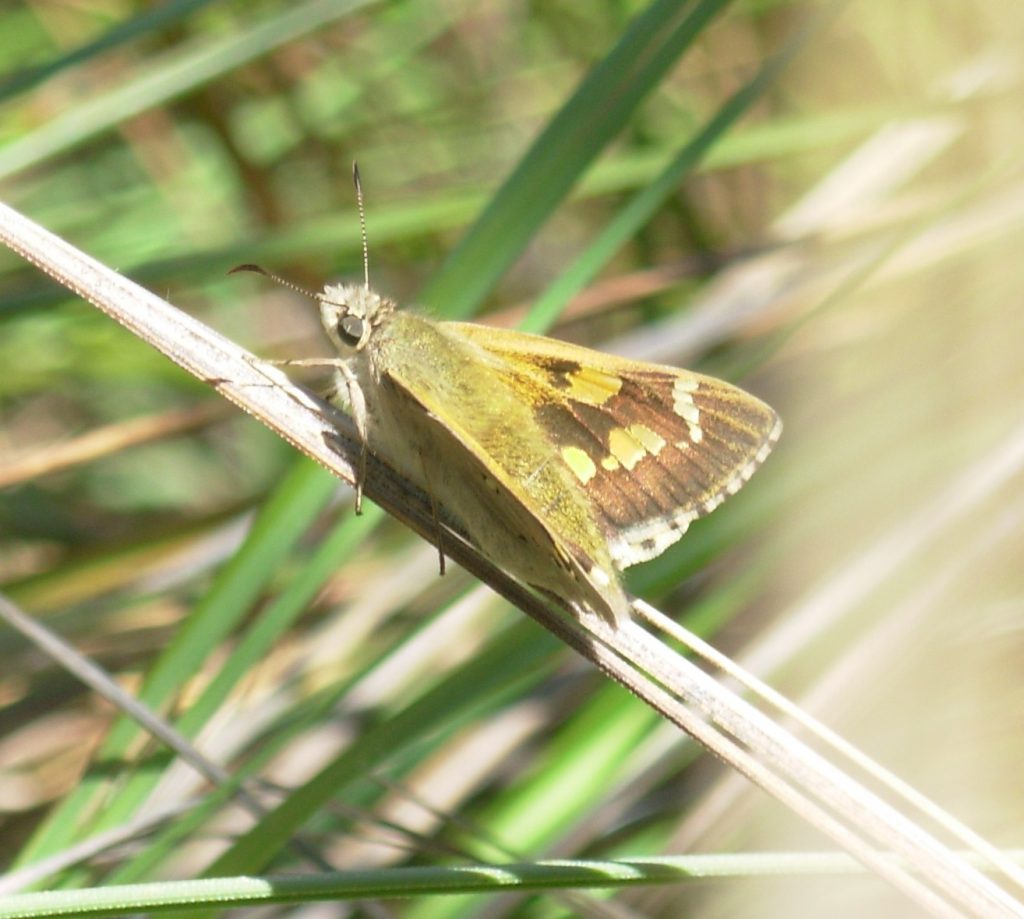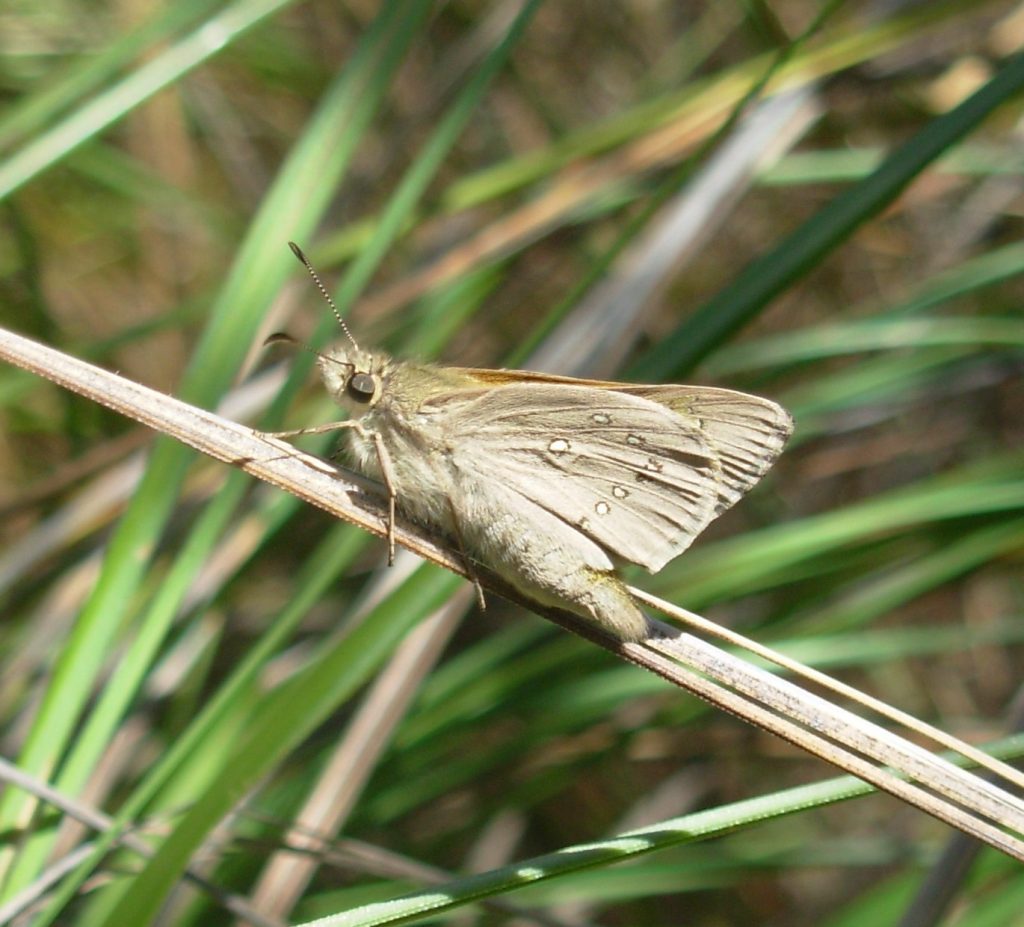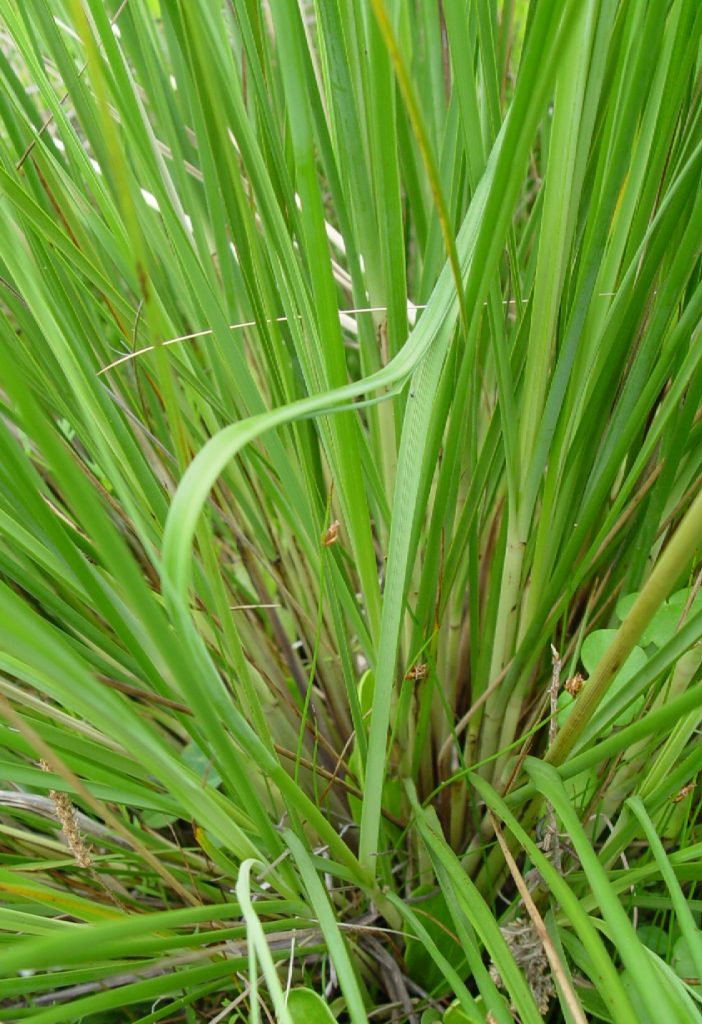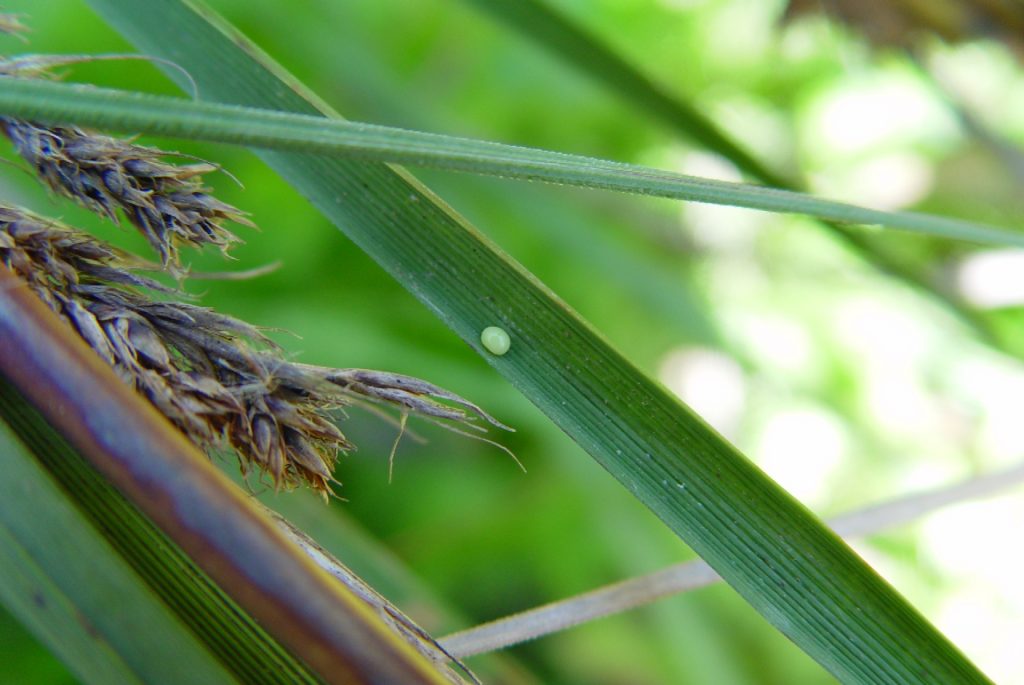Butterflies on the Brink… plus a species profile on Yellow Sedge-skipper
The diversity and abundance of native invertebrates is declining globally, which could have significant consequences for ecosystem functioning. The Lepidoptera (moths and butterflies) are well studied in Australia compared with other invertebrates, so we know that some species are imperiled or declining. Despite this, few butterfly taxa are listed for protection by legislation at either a state or national level. In November 2019, a large group of experts from all states and territories came together to identify the butterfly taxa that would most benefit from listing by determining the Australian butterflies at most immediate risk of extinction. The results of the symposium were published in Austral Entomology – you can read the full text here / see reference below. The findings were also summarised in a Wildlife Australia Magazine article which you can read at the bottom of this post.
Some of the species assessed have not been seen the wild for some time. The butterflies are in decline due to:
– natural system modifications (e.g. inappropriate fire regimes or surface water abstraction),
– habitat loss and fragmentation for agriculture,
– invasion by exotic species, and
– climate change.

This list comprised of 26 species, representing all states and territories (except ACT). Of the 26, six are from the the south-east of SA and western Victoria;
– Banks’ brown
– Bright-eyed brown
– Golden-rayed blue
– Small bronze azure
– Eastern bronze azure
– Yellow sedge-skipper
Over the next few months I’ll be helping you get to know each of these species and we’re starting with the Yellow Sedge-skipper (Hesperilla flavescens) which occurs in both states.

A female Yellow Sedge-skipper photographed near Southend (in SA) in 2009 
Side view of a Yellow Sedge-skipper
The Yellow Sedge-skipper inhabits Gahnia sedgelands from western Victoria to south east of SA and as far west as Eyre Peninsula in SA. Farming and drainage practices have significantly reduced the extent and quality of habitat available to this species, making the future of this butterfly… potentially bleak. The adults look similar to other sedge-skippers being mostly brown and yellow on the upper wing, and grey with black encircled silver spots on the underwing. Overall, this skipper is more yellow than the others, especially on the abdomen – hence their name, the Yellow Sedge-skipper.
Skippers create unique larval shelters on cutting grass / saw sedge (Gahnia spp.) host plants; Gahnia trifida and G. filum are the specific food plants for the Yellow Sedge-skipper. See the characteristic bend in the leaf in the middle photo below? The caterpillar binds several leaves together forming a shelter protecting it from the elements and predators during its growth.
South Australian entomologist Alex Stolarski has frequently observed sedge-skippers in freshly burnt Gahnia sites – where the fire didn’t burn the entire patch, allowing for recolonisation from unburnt habitat close by. His observations also lead him to believe that fresh tussock regrowth can hasten the development from egg to adult stage to just six months – compared to 12 months in older long unburnt tussocks.

A caterpillar inside its shelter, head facing towards the end of the leaf where it to comes out to eat 
A typical skipper caterpillar shelter on a Gahnia tussock 
Skipper egg laid on the underside of a Gahnia leaf
So, it seems that no burning or the wrong type of burning could work against a species like this; fire helps freshen up the food plants from time to time. Keep an eye out for Yellow Sedge-skippers and we urge landholders (including private and public land managers) when considering burning areas of Gahnia to find out whether you have a colony of Yellow Sedge-skipper on your property first – before burning.
Wildlife-Australia-Magazine_SPRING-2021_Dielenberg_Butterflies-articleJournal article reference: Geyle, H. M., Braby, M. F., Andren, M., Beaver, E. P., Bell, P., Byrne, C., Castles, M., Douglas, F., Glatz, R. V., Haywood, B., Hendry, P., Kitching, R.L., Lambkin, T. A., Meyer, C. E., Moore, M. D., Moss, J. T. Nally, S., New, T. R., Palmer, C. M., Petrie, E., Potter-Craven, J., Richards, K., Sanderson, C., Stolarski, A., Taylor, G. S., Williams, M.R., Woinarski, J. C. Z., and Garnett, S. T. (2021). Butterflies on the brink: identifying the Australian butterflies (Lepidoptera) most at risk of extinction. Austral Entomology, 60, 98–110. https://doi.org/10.1111/aen.12525
